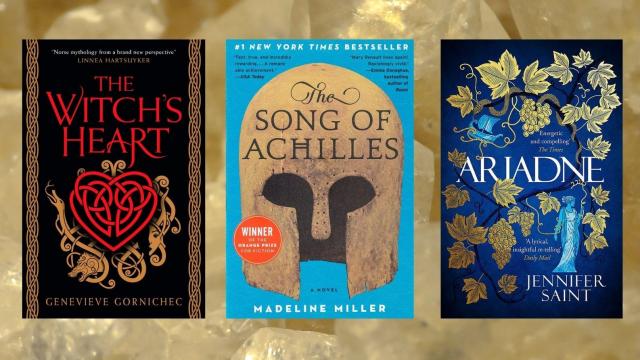Not too long ago, Madeline Miller’s Song of Achilles dominated the world of #Booktok with its lyrical storytelling, LGBT romance and fresh perspective on what’s notably a tired story of male glory and heroism.
It’s re-imaginings like Song of Achilles that have fuelled Hephaestus’ forge of imagination in writers and reignited the passion in readers for stories of myth and legend — but told from previously silenced points-of-view.
Here are some new (and new-ish) mythic retellings that will give you a whole new perspective on some of your favourite original stories.
[related_content first=”949312″]
Elektra by Jennifer Saint
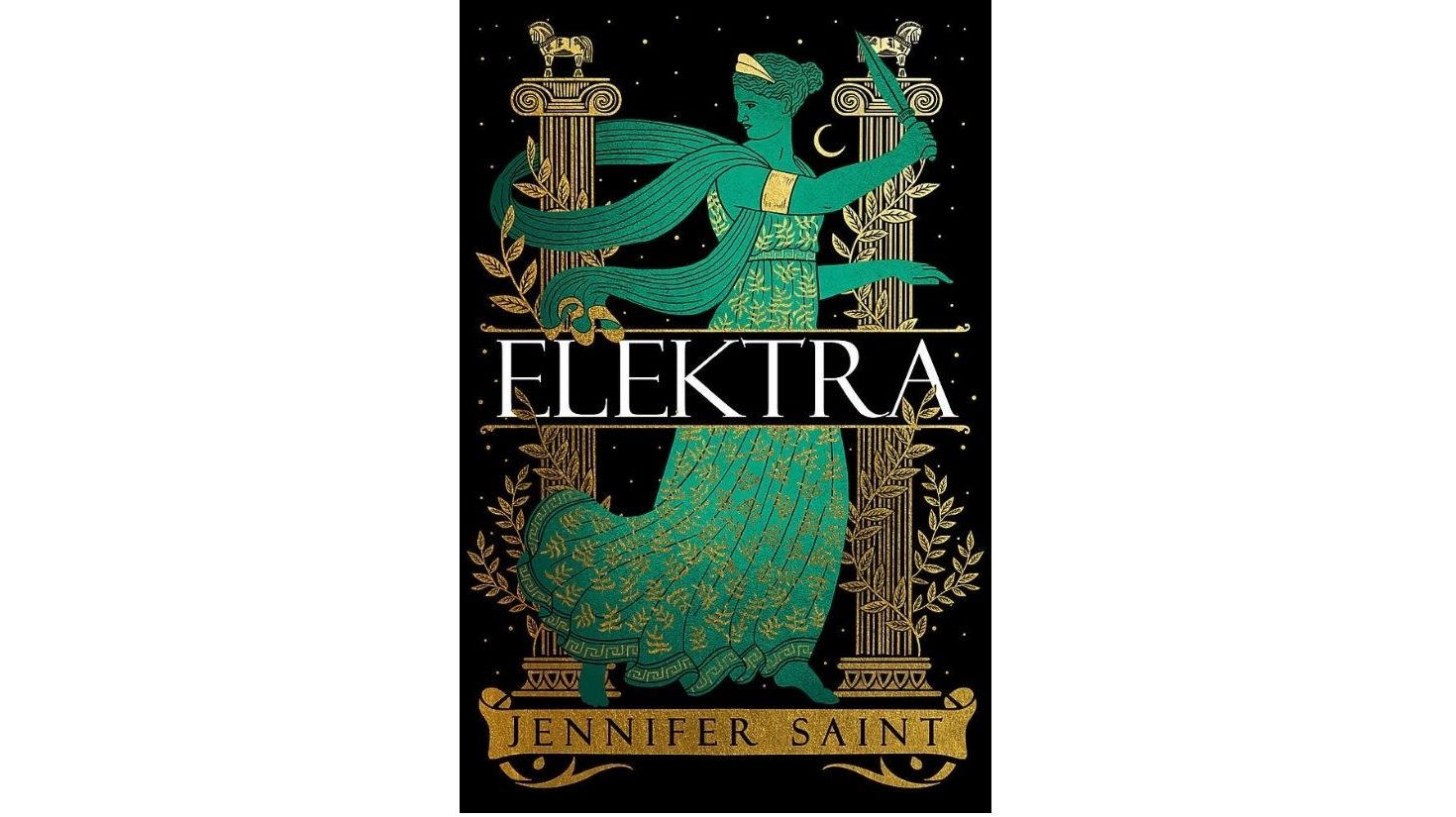
What was the original myth?
Elektra is fleetingly referenced as the daughter of King Agamemnon and his queen, Clytemnestra in Greek mythology. We kinda need to talk a few steps back to get some context into why Elektra is such an important figure in Greek myth and it all goes back to The Trojan War.
The Trojan War was started after a Prince from Troy, named Paris, allegedly abducted Helen, who was the wife of Spartan King, called Menelaus. Because Sparta has a tradition of two kings, Menelaus rallied his brother, Agamemnon, and took off in pursuit to Troy, where they led a huge Greek army against Trojan forces for 10 years.
During that decade of war, Agamemnon’s wife Clytemnestra patiently waited back home with her lover keeping her company. When King Agamemnon arrived home, he brought back a lover (read: “war prize”) of his own, Cassandra. Anyway, Elektra’s mother was pretty peeved at Agamemnon because he sacrificed their other daughter, Iphigenia, at the start of the Trojan War in order to secure “a good wind”. Understandably, she murders him and poor Cassandra when they return.
But here’s where it gets juicy. Revenge is a big thing in Greek myth, especially when it concerns one’s bloodline. So Elektra teams up with her brother, Orestes, and plots to murder her mother and her lover. They succeed, although Orestes spends the rest of his days pursued by Furies, while Elektra gets away Fury-free.
What’s Elektra about?
Elektra is the latest feminist retelling to be published by Jennifer Saint and obviously, follows the story of our vengeful friend. But it also captures the perspectives of both her mother Clytemnestra and Cassandra. It’s a novel that captures a generational cycle of violence and vengeance.
The book explains what pushes Elektra to avenge her father, despite her mother’s crimes. Was she a puppet to her father’s agenda? Did she hate her mother all this time? How was she treated while her father was away during The Trojan War? So many questions, yet so many answers to find out.
Where to buy Elektra
Amazon Australia ($27.35) | Booktopia ($26.90)
The Girl Who Fell Beneath The Sea by Axie Oh
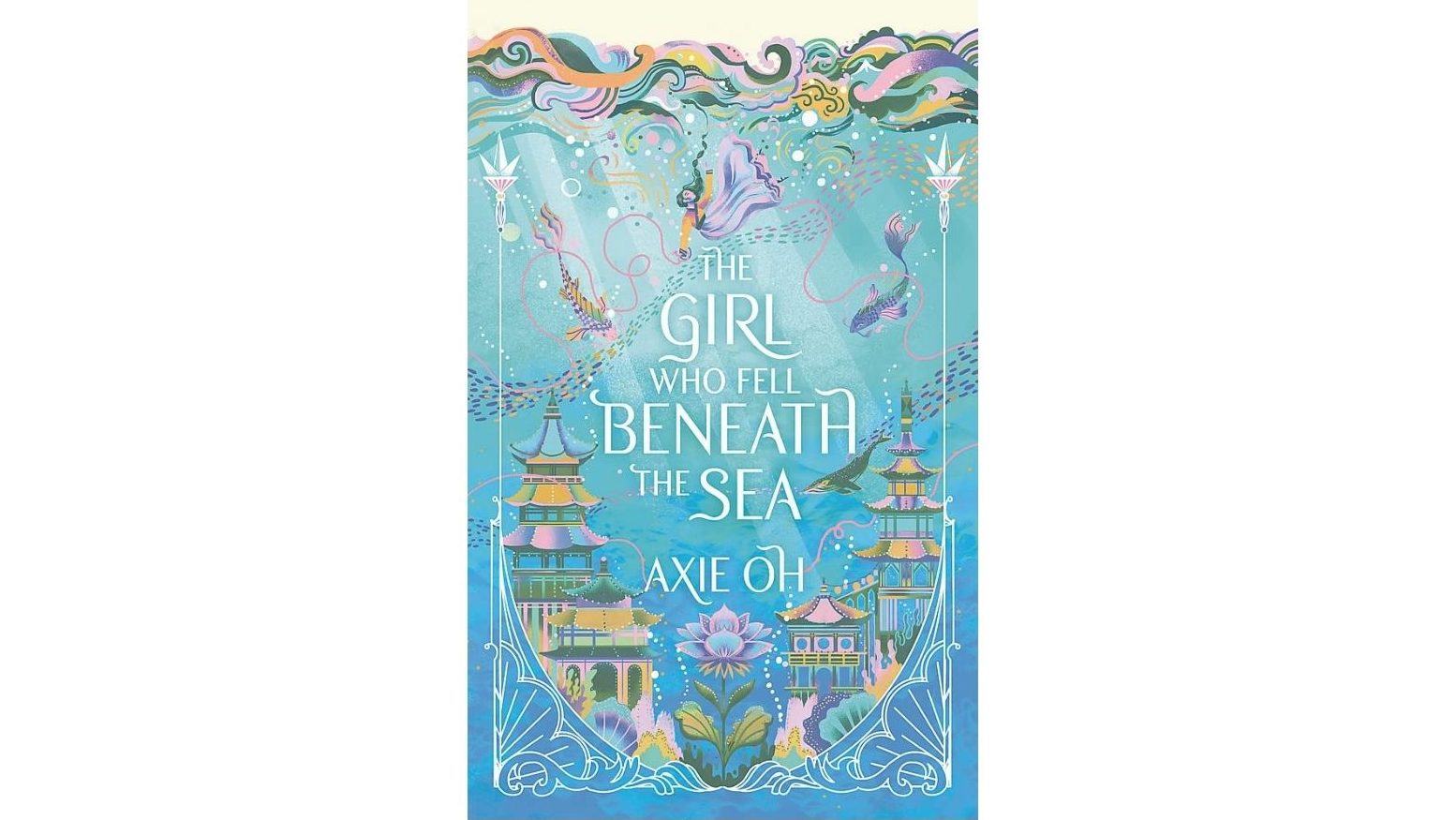
What was the original myth?
The Tale of Shim Chong (or Sim Cheong) is a story from Korean folklore about a poor, blind father and his daughter, the titular Sim Cheong. After hearing from a Buddhist monk that her father will regain his sight if he makes an offering of 300 sacks of rice, Sim Cheong decides to sell herself to some merchants, who are seeking a willing maiden who they can sacrifice to the sea.
Sim Cheong bravely faces her fate, but by some miracle is rescued and taken to the palace of the Dragon King. The Dragon King, who is touched by her story, sends her back to the surface via lotus flower, and when she returns she is quickly married to the Emperor. Her poor father, who has been searching for her all this time, eventually reunites with her and is overjoyed when he magically regains his sight.
What’s The Girl Who Fell Beneath The Sea about?
If you’re into Studio Ghibli’s Spirited Away, you’ll love this book. It has many similar themes, including the power of names, soul bargains, hidden identities and a magical spirit realm. In The Girl Who Fell Beneath the Sea, the story shifts from a tale about filial love to brotherly love.
Mina’s homeland has been ravaged by vicious storms for as long as she can remember. Her people believe that the Sea God, who lives in a beautiful palace beneath the ocean, has cursed them so each year they sacrifice one maiden to its depths. The people of her village believe that when the Sea God’s true bride is delivered to him, the Sea God will be appeased and cease his relentless raging.
When her brother’s true love, Shim Cheong, is chosen as the Sea God’s next bride, Mina intervenes to give her brother a chance at happiness. Plunged into the Spirit Realm, Mina discovers that the people’s Sea God has been trapped in an enchanted sleep all this time. To wake him, Mina must uncover the Sea God’s secret, with the help of the mysterious Shin.
Where to buy The Girl Who Fell Beneath The Sea
Amazon ($20.25) | Booktopia ($20.35)
Kaikeyi: A Novel by Vaishnavi Patel
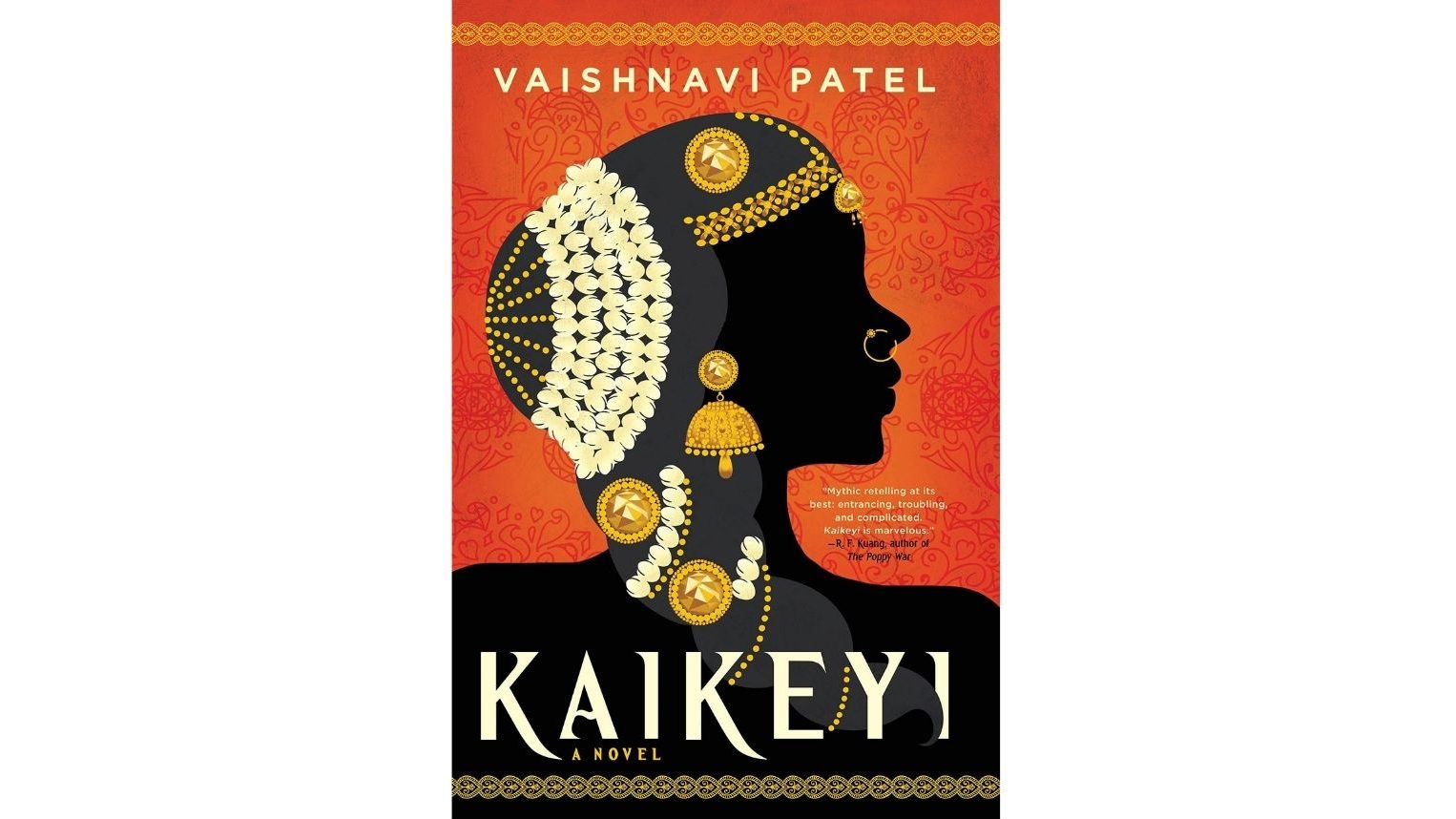
What is the original myth?
Kaikeyi is a character in the Hindu epic known as The Ramayana. Her mother was exiled early in her life and as the only daughter among seven brothers, Kaikeyi grew up fierce. She became a powerful warrior, and she was cared for by a hunchbacked nursemaid called Manthara. She later became the second consort of King Dasharatha and earned two boons from her husband for assisting in a war.
When her stepson Ram became poised to take the throne, her maid Manthara encouraged Kaikeyi to finally call in her two boons. Manthara convinced Kaikeyi that her son Bharat would be sidelined if Ram took the throne and fearing for his safety, Kaikeyi used her boon to force the king to send Ram away to the forest for fourteen years and to place Bharat on the throne instead.
Heartbroken, King Dasharatha died of grief soon after and Kaikeyi immediately regretted her actions. Her son, Bharat, refused to take the throne as it was his brother’s birthright and stopped calling Kaikeyi “Mother”. Ram eventually returned from his exile and forgave Kaikeyi for sending him away then convinced Bharat to forgive her after all this time because she was “just doing as mothers do”.
What’s Kaikeyi about?
This stunning debut novel is the story of Kaikeyi, the only daughter from the kingdom of Kekaya. Born under favourable circumstances and raised on sweeping tales about the gods, Kaikeyi’s big dreams are stunted after her mother is exiled and her worth is reduced to how profitable a marriage alliance she can form.
In an attempt to regain her independence, Kaikeyi turns to the stories she read with her mother as a child and discovers unique magic that will transform her from duty-bound princess to warrior queen. But when the path she forges clashes with what the Gods have planned for her family, Kaikeyi must decide if resisting is worth the reward.
Where to buy Kaikeyi
Amazon ($53.61) | Booktopia ($50.25)
Circe by Madeline Miller
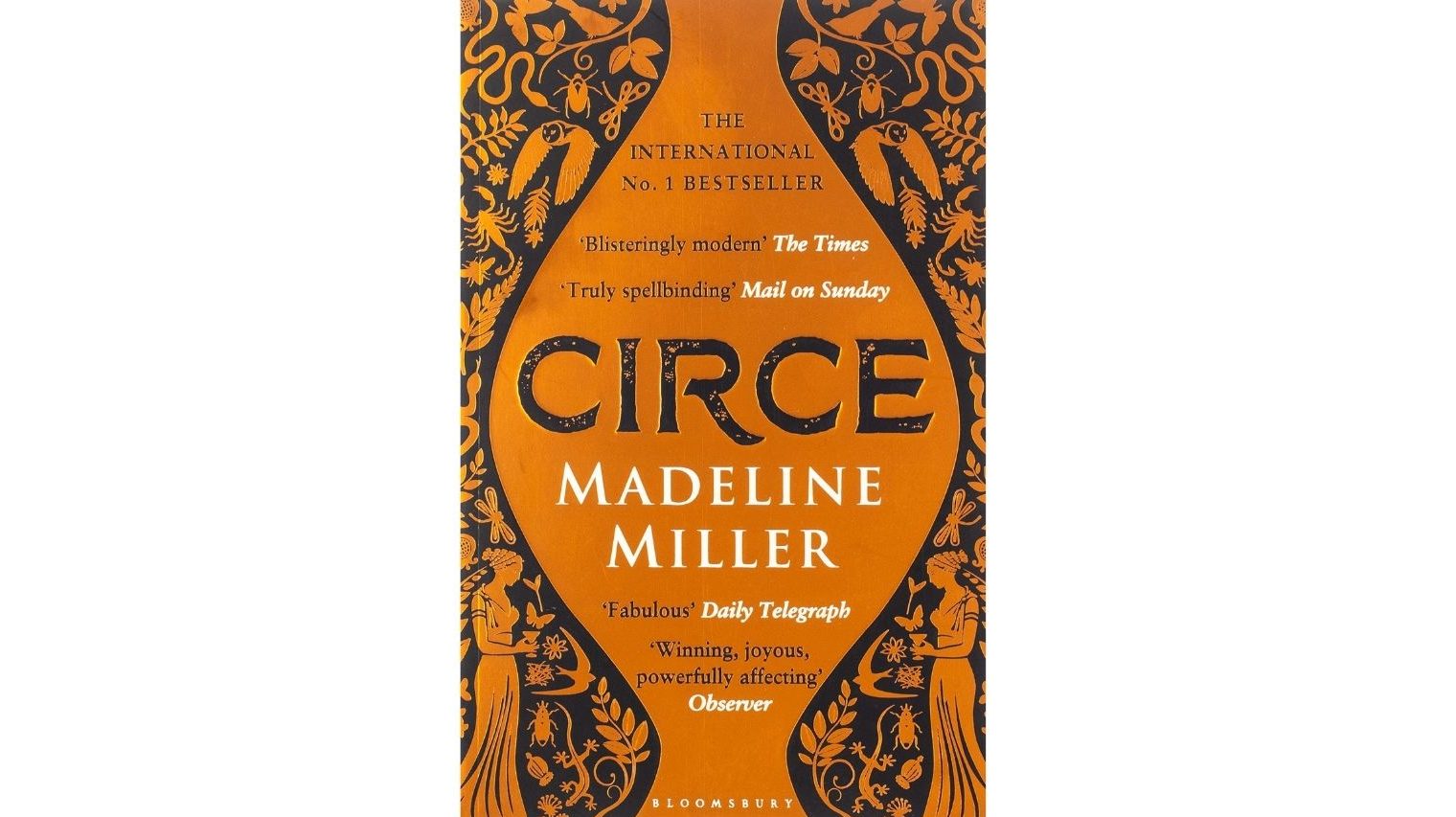
What is the original myth?
Following the events of Homer’s The Iliad comes Odysseus’ 10-year journey home to Ithaca, where along the way he stops by the island Aeaea.
While most of the men that land on Circe’s isle are turned into lions and pigs, Odysseus manages to outsmart Circe with the help of the messenger god Hermes, and becomes her lover for a year instead. Eventually, Odysseus realises he should get back on the waves to his wife Penelope, but not before fathering a son named Telegonus and leaving Circe by herself again.
Spoiler alert: Their son later sails to Ithaca to reunite with his father, but accidentally kills him. Classic Greek tragedy.
What’s Circe about?
While the original myth paints Circe as an antagonist and witch, Madeline Miller’s novel acts as a refreshingly feminist take on breaking the bounds of the maiden/mother/crone archetype. In her novel, there’s a lot of background insight into Circe’s childhood as a young goddess, where she’s seen as an outcast by her heavenly family.
Instead of “sequestering herself” on the island of Aiaia, waiting to lure innocent sailors to their deaths as is implied in The Odyssey, it turns out Circe was banished there by the other gods who feared her unique power: witchcraft. She actually doesn’t mind it so much and finds solace in gathering new herbs. Over the course of the novel, Circe interacts with many other famous Greek figures including Jason and Medea, as well as Pasiphae and the Minotaur.
Circe sheds a redeeming light on a character who has been unquestionably perceived as a villain by giving her the chance to tell her own story — and reclaim it.
Where to buy Circe
Amazon ($12) | Booktopia ($14.25)
The Silence of the Girls by Pat Barker
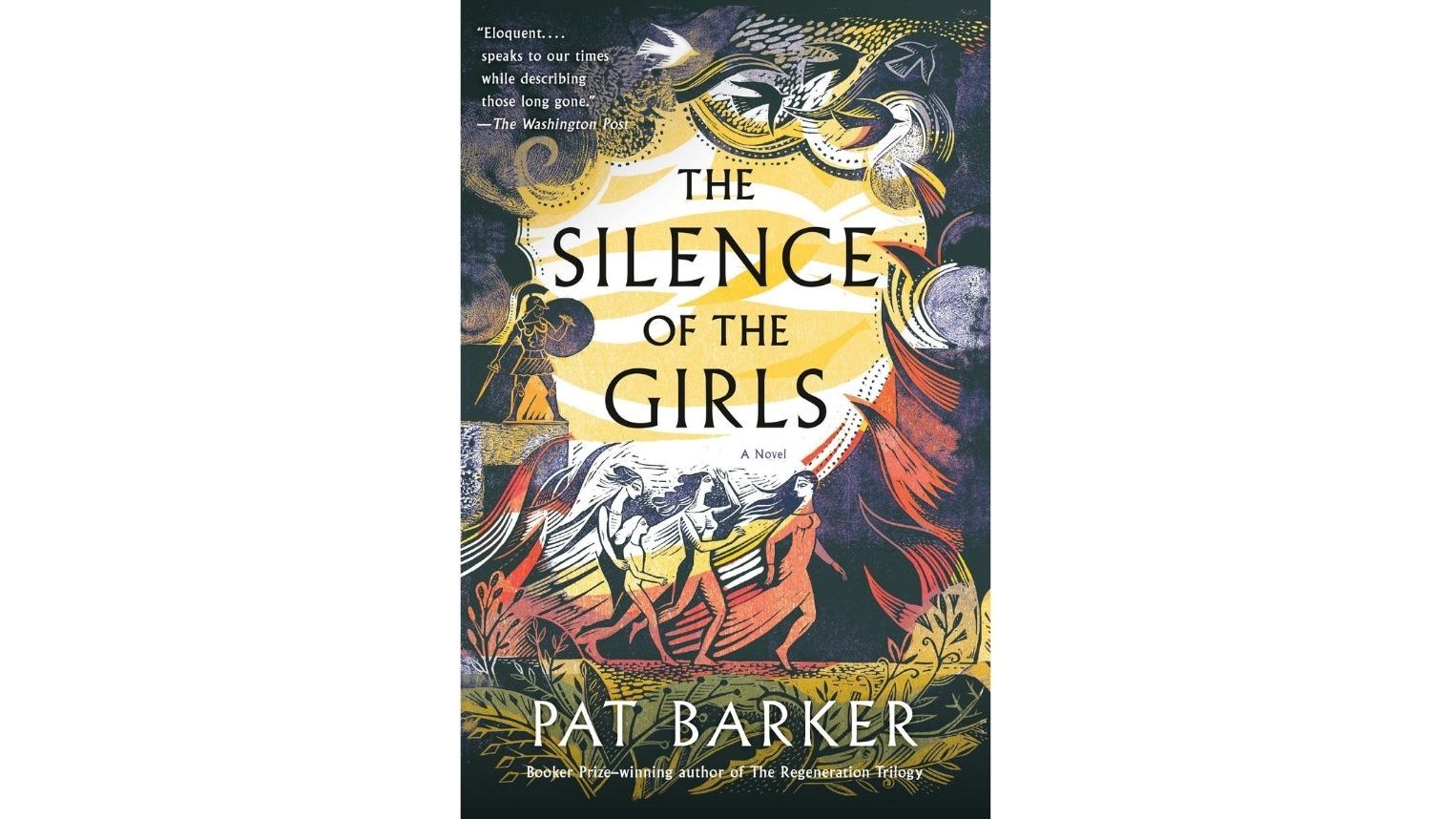
What is the original myth?
The Silence of the Girls is the story of Homer’s The Iliad, from the perspective of its women. It focuses on the perspective of Briseis, whose name some might recognise as the Trojan queen who was awarded to the legendary Achilles as his war prize.
When King Agamemnon of Sparta took a young woman named Chryseis as his concubine, her father (who was a priest of Apollo) begged the king for her release. When Agamemnon refused, the war camps of Greece became plagued with sickness, but the king still refused to set Chryseis free. Achilles denounced Agamemnon’s behaviour in front of the whole army and as a result, Agamemnon decreed that he would let the girl go free but that he’d be taking Achilles’ bedmate, Briseis, as a replacement.
Naturally, Achilles was deeply insulted that Agamemnon took his prize and therefore refused to fight. He hung out in his tent sulking and only returned to the battlefield to avenge the death of his best friend Patroclus. Only then was Briseis returned to Achilles.
Of course, we all know how Achilles’ story ends — he gets shot in the heel by an arrow and Greece defeats Troy. But Briseis? It’s never 100% clear what happens to her.
What’s The Silence of the Girls about?
Pat Barker’s reimagining of The Trojan War from Briseis’ POV uncovers a hidden perspective from the slaves and captives of the Greek army’s men. Instead of reliving the glory of battle, Briseis witnesses all of the behind-the-scenes stories of the women who give birth in camp, who prepare dead bodies and what happens to them when their captors don’t come back from battle.
From watching her brothers slain in the streets of Lyrnessus to becoming Achilles’ property, The Silence of the Girls leaves nothing to the imagination in this grim, but captivatingly written, account of one of the most famous mythical epics of all time. You can also continue Briseis’ story in The Women of Troy, which takes place during the aftermath of the Trojan War.
Where to buy The Silence of the Girls
Amazon ($26.23) | Booktopia ($19.80)
The Witch’s Heart by Genevieve Gornichec
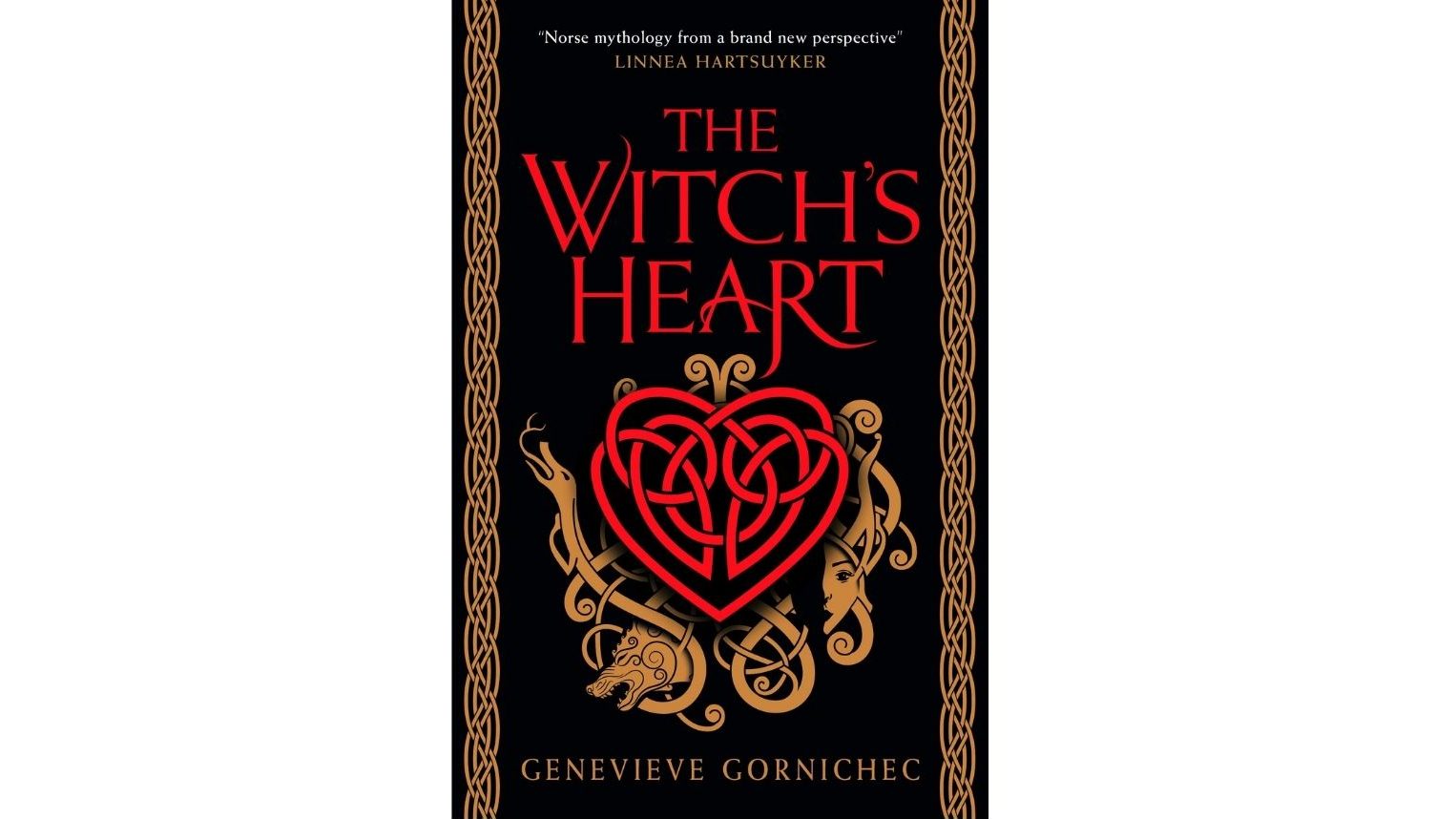
What is the original myth?
The Witch’s Heart centres on the Norse giant, Angrboda, who some might recall as the mate of Loki in Scandinavian mythology. While Loki is often credited as the father of doomsday monsters, the Jotun Angrboda also happens to be the mother of Loki’s ferocious offspring.
Together, the couple created Fenrir, the wolf who will swallow the sun, Jormungund, the Midgard serpent, and Hel, the queen of the underworld. It’s said in the Prose Edda that Ragnarok will begin when Jormungund, the serpent who encircles the world, stops grasping its own tail and rises to the surface. Fenrir will also break free of his chains and run free, where he will come to fight Odin, the king of the gods, and triumph. Hel… gets off with being in charge of the underworld.
What’s The Witch’s Heart about?
If we’ve got a Norse mythology fan in the house, this one’s for you. Instead of taking a backseat, Angrboda is front and centre in The Witch’s Heart, where instead of a giantess, she is introduced as a banished witch. After she survives being tortured by Odin for refusing to use her prophetic powers to help him understand Ragnarok, she meets and falls in love with Loki, the trickster god.
While she spends much of the beginning of the novel actively hiding from Odin, she conceives three unusual children, whose destinies will bring about death and destruction. As she recovers her ability to see into the future, she quickly realises her family’s bliss is in danger. With help from the huntress Skadi, Angrboda must decide whether to accept her family’s fate or fight to change their futures.
Where to buy The Witch’s Heart
Amazon ($15.75) | Booktopia ($15.95)
Daughter of the Moon Goddess
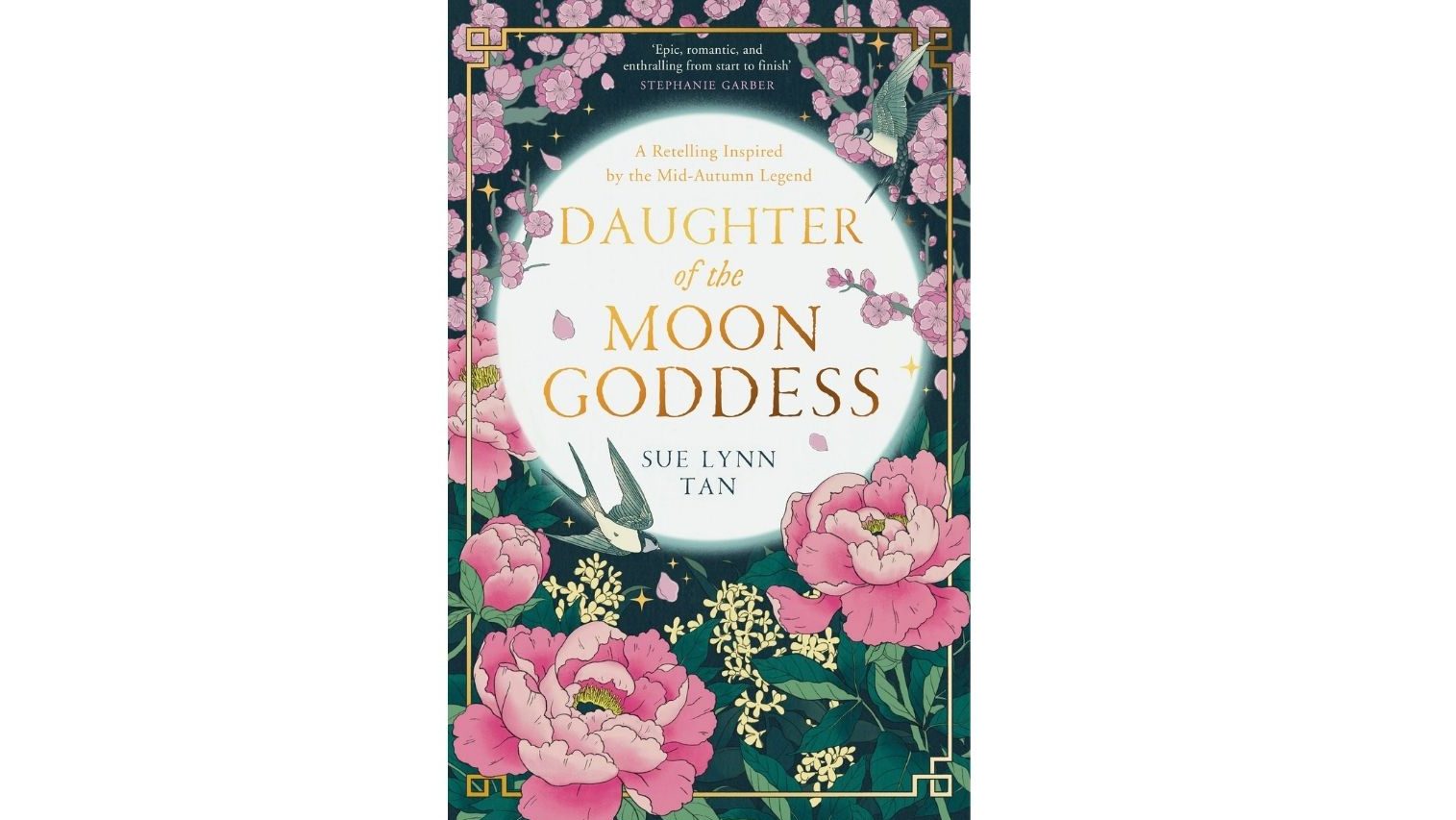
What is the original myth?
This novel is based on the legend of the Chinese moon goddess, Chang’e and bears some similarities to the story of Prince Kaguya from Japanese folktales. Her story is synonymous with the origins of the Mid-Autumn Festival (also known as the Moon Festival), which is celebrated in China, Taiwan, Hong Kong and other Asian countries.
There are many different versions of the myths involving Chang’e, but what seems to be the most popular is the Tale of Hou Yi and the Ten Suns. In the tale, Chang’e was banished from the Celestial Palace and transformed into a beautiful peasant girl. She later falls in love with and marries a famous hunter named Hou Yi.
One day, ten suns rose into the sky, causing great disaster for their people. So Yi grabbed his bow and shot down nine of the suns in the sky. As a reward, he was gifted the Elixir of Immortality but wishing to stay with his beloved wife, chose not to drink it. Instead, Chang’e ended up drinking the elixir and floated up to the heavens, where she found a new home on the moon.
What’s Daughter of the Moon Goddess about?
Raised on the moon, Xingyin was raised unaware that she was being hidden from the Celestial Emperor, who had banished her mother for stealing the Elixir of Immortality. When Xingyin’s magical powers are discovered, she is forced to leave her mother behind and flee for her life.
In disguise, she meets the Emperor’s son and trains with him, honing her skills in magic and archery. To rescue her mother, Xingyin will have to master her new abilities and challenge the ruthless emperor, while confronting vicious enemies and legendary beasts in her epic tale.
Where to buy Daughter of the Moon Goddess
Amazon ($16) | Booktopia ($24.75)
Ariadne by Jennifer Saint
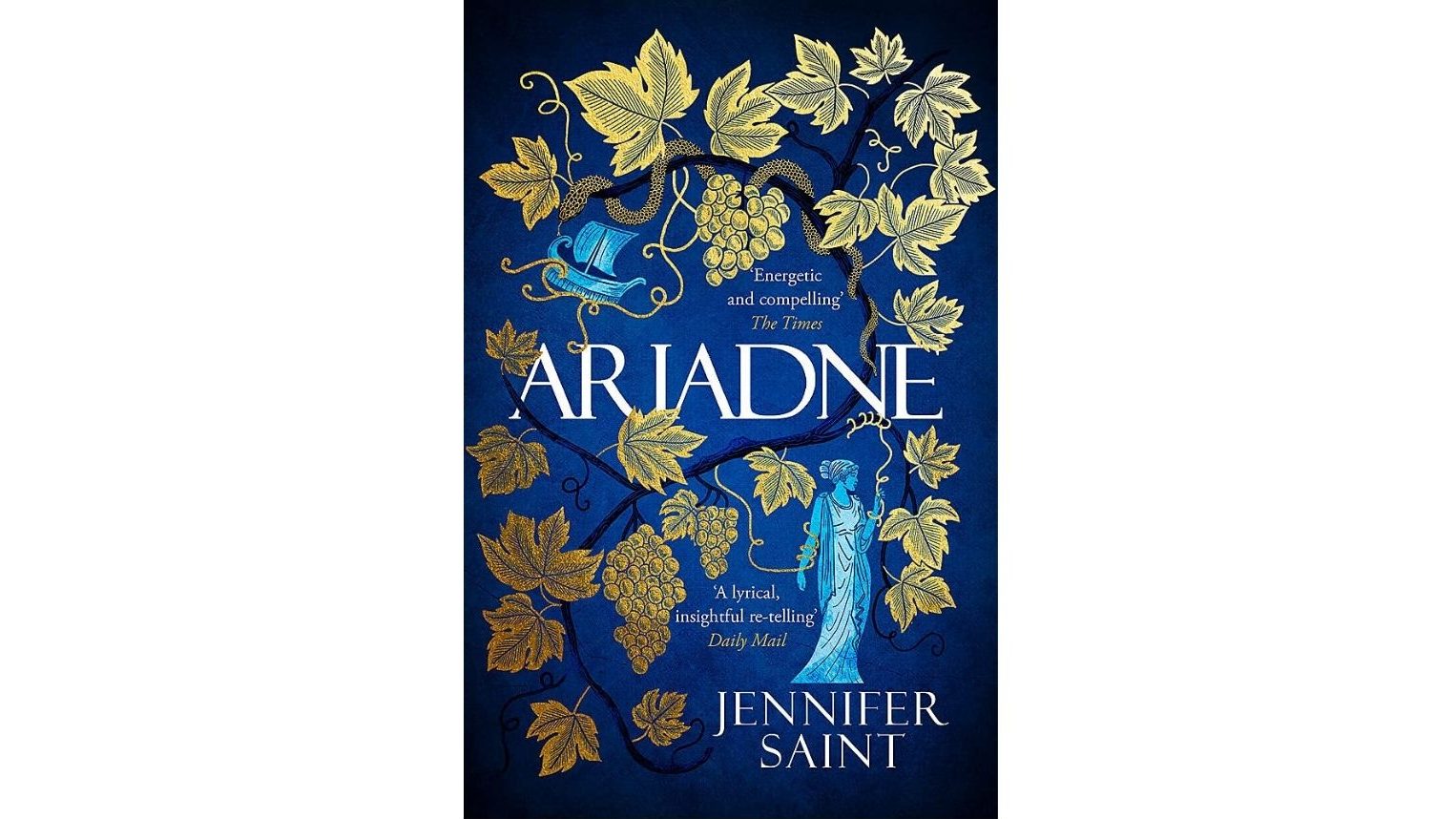
What myth is it based on?
If you’ve heard of Herakles and the Nemean lion, you’ve likely heard about Theseus and the Minotaur. Another complicated, messed-up story, the Minotaur was born from the union between Crete’s queen and a white bull (unsurprisingly). As the Minotaur’s thirst for blood grew stronger, the royal family asked the great inventor Daedalus to create an elaborate labyrinth to contain the Minotaur. Every year, they sent seven young men and seven young women into the labyrinth as a tribute for the Minotaur.
When Theseus caught wind of this terrible tradition, he offered himself up as a sacrifice and was given tricks to survive, thanks to the king of Crete’s daughter, Ariadne. She gave Theseus a magical ball of string that would allow him to find his way back out of the labyrinth once he slayed her beastly half-brother. After a ruthless battle, Theseus defeated the Minotaur and fell in love with Ariadne. He took Ariadne aboard his ship, headed for Athens, and notoriously dumped her on the isle of Naxos along the way. (Was this the early origins of the term “dumped”? Who knows for sure?)
Luckily for Ariadne, she found comfort in the arms of the god of wine and pleasure, Dionysus, married him and became a goddess.
What is Ariadne about?
Another feminist retelling, Ariadne tells the story of the Cretan princess and her sister Phaedra. The sisters grew up in terror listening to the startling hoof beats of their monstrous brother, the Minotaur, Crete’s greatest shame.
At least until Theseus, Prince of Athens, shows up and Ariadne falls hopelessly in love with him. To keep him alive, she will have to betray her family and her country for a chance at her happy ending. Or will her sacrifice cost her everything?
